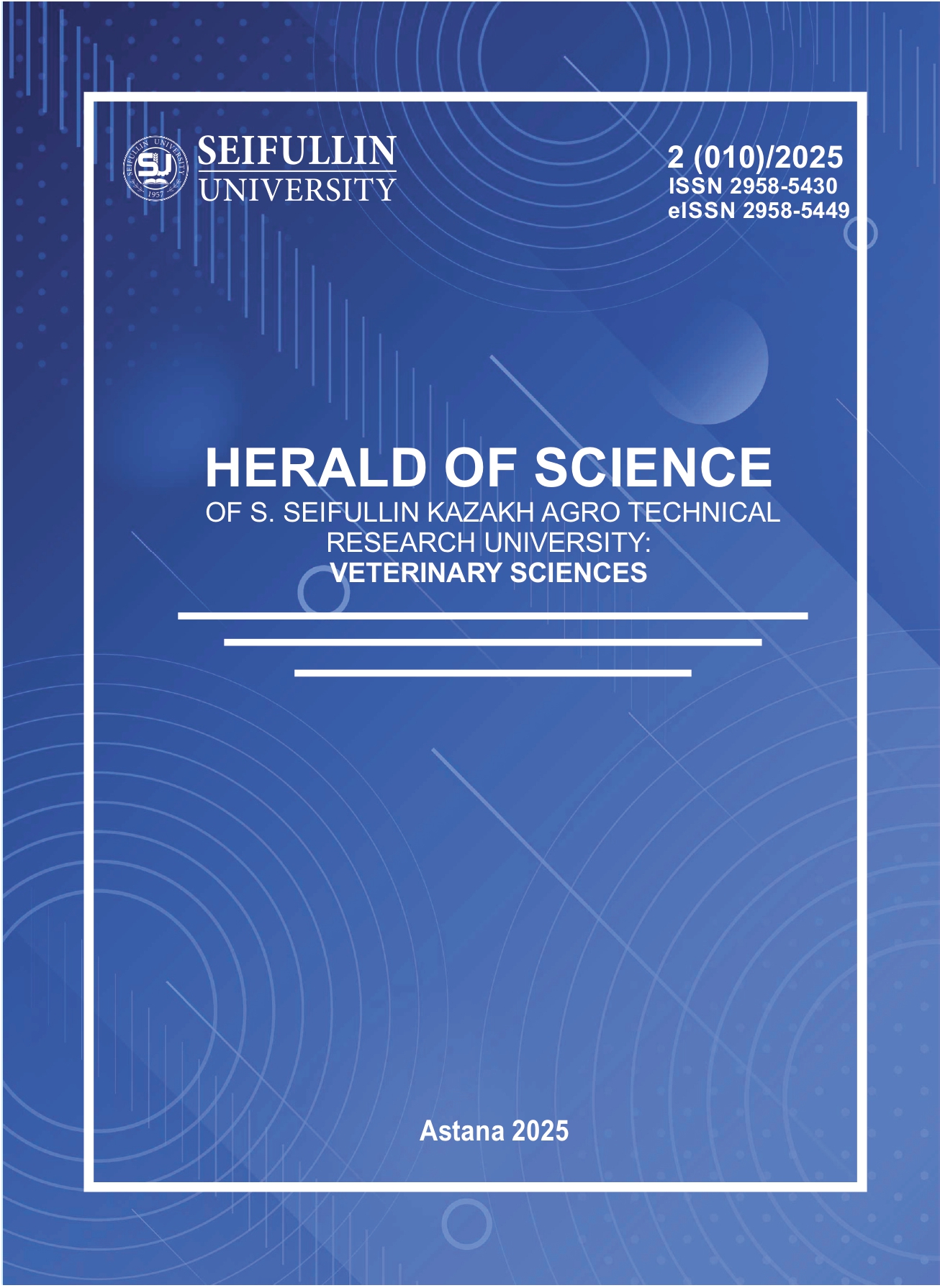A comprehensive review of lameness in broilers: infectious and non-infectious factors in the context of Kazakhstan’s poultry industry
DOI:
https://doi.org/10.51452/kazatuvc.2025.2(010).1975Keywords:
bacterial chondronecrosis; diagnosis; genetics; lameness broilers; osteomyelitis; prevention.Abstract
In recent years, Kazakhstan has experienced steady growth in poultry production and increased poultry meat production, but the prevalence of lameness in broilers remains high. Lameness in broilers is one of the most urgent problems in the modern poultry industry, having a significant impact on the health and welfare of birds, as well as on the economic performance of production. The aim of this review article is to systematize data on causes, diagnosis, prevention and strategies to reduce lameness in broilers. Special attention is given to bacterial chondronecrosis with osteomyelitis (BCO), one of the major infectious causes of lameness caused by pathogens such as Staphylococcus aureus and Escherichia coli. Both infectious and non-infectious factors are discussed: genetic predisposition, rapid growth, vitamin and mineral deficiencies, poor housing conditions, poor litter quality and high planting density. Modern diagnostic techniques, including bacteriological tests, histology, polymerase chain reaction (PCR), and imaging technologies such as infrared thermography and computer vision are covered. Preventive measures including probiotics, vitamin and mineral supplements, vaccinations, genetic selection, and improved housing and biosecurity have also been analyzed. The prospect for future research aimed at the use of digital technologies, genomic analysis of pathogens and the development of disease-resistant broiler lines are considered. The review provides an up-to-date scientific and practical basis for specialists working in the field of veterinary medicine, zootechnics and industrial poultry production.

